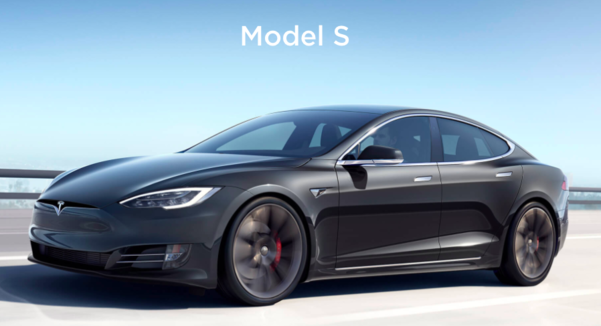Input 2021.01.21 14:12 | Revision 2021.01.21 14:52
Subsidies, electric cars up to 19 million won, hydrogen cars 37.5 million won
However, a difference of 90 million won or more is ‘0 won’… 50% reduction for 60 to 90 million won
If you buy an electric car this year, you will receive up to 19 million won from the government and local governments, and up to 37.5 million won for hydrogen cars. Subsidies for miniature trucks and taxis are increasing. Also, from this year, electric vehicles with vehicle prices exceeding 90 million won cannot receive subsidies (government and local expenses) to purchase eco-friendly vehicles. If the vehicle price is less than 60 million won to 90 million won, 50% of the subsidy is paid. Only if the vehicle price is less than 60 million won will receive the full subsidy.
On the 21st, the government announced the’overall reorganization of the subsidy system in 2021′ containing these details. This is a follow-up to the’Future Vehicle Expansion and Market Preemption Strategy’ announced in October last year. The reorganization of the government subsidy system contains more subsidies for vehicles with excellent fuel economy and mileage, and less in the opposite case. It is a method of differential payment of subsidies by giving additional points (coefficients).

The subsidy for the purchase of electric vehicles is determined by adding local and national expenses paid by each local government. Starting this year, local governments must pay subsidies for local expenses in proportion to national expenses. For example, the amount of local expenses for electric vehicle A is calculated by dividing the’A electric vehicle government subsidy’ by the’maximum government subsidy (8 million won)’ and multiplying the unit price of the local subsidy.
Subsidies for expensive electric vehicles are also limited. This is because some high-priced electric cars such as Tesla are criticizing subsidies. Currently, China, the United Kingdom, France, and Germany are operating similar systems. The vehicle price is the sum of the ex-works price plus individual consumption tax (5% of vehicle price) and education tax (30% of location tax). VAT is not included.
The government decided to pay the full subsidy for electric vehicles with a vehicle price of less than 60 million won. Hyundai Motor Company (005380)Wow Kia Motors (000270)Most of the electric vehicles produced in Korea are expected to fall under this category. Only 50% of the subsidy is paid for those exceeding 60 million won and less than 90 million won.
Subsidies are not paid for electric vehicles exceeding 90 million won. Tesla Model S, Mercedes EQC, Porsche Taycan, Jaguar Land Rover I-PACE, Audi etron55 Quattro, etc. are not eligible for subsidies.
If this happens, the Tesla Model 3, the number one electric vehicle sales in Korea last year, will cost more than 60 million won depending on the detailed model. The basic model is 54.69 million won, but the long range sold most in Korea is 64.79 million won. If you purchased the Tesla Model 3 Long Range Trim in Seoul last year, you could receive 8 million won in national expenditure and 4.5 million won in local government subsidies. However, from this year, government spending is expected to decrease to 3.41 million won and Seoul subsidies are expected to decrease to 1.9 million won.
However, in the case of imported cars, it is possible to know whether or not the subsidy has been accurately paid by considering all of the prices and tariffs, individual consumption tax, and education tax listed on the import page. In the industry, attention is being paid to whether Tesla will cut prices, conscious of the subsidy limit.
In October last year, Tesla also lowered the price of the Model 3 by 8-10% in China to receive subsidies for electric vehicles. The model 3 long range price, which is preferred by domestic consumers, has also been cut by 10%, reaching 300,000,900 yuan (about 52.15 million won). The model Y price, which was recently launched in China, also announced that the long-range price was 30% lower than the existing guide price at 339,000 yuan (about 57 million won).
In addition, the government plans to supply a total of 136,000 units, including 121,000 electric vehicles (including 20,000 two-wheeled vehicles) and 15,000 hydrogen vehicles, this year for the early opening of the era of pollution-free vehicles. Electric vehicles increased by 21.4% compared to last year to 121,000 units, and hydrogen vehicles increased by 49.2% to 15,000 units. The support budget will also increase to 1.23 trillion won and 3655 billion won, respectively.
